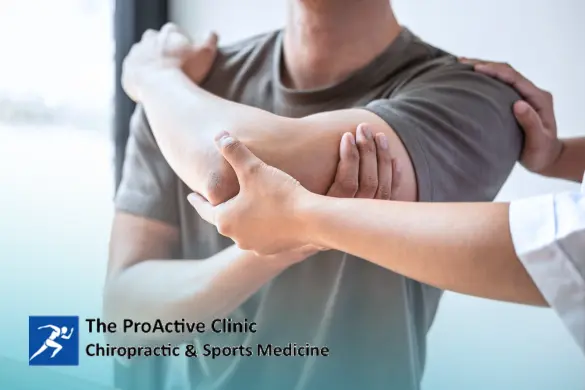Traumatic brain injuries (TBIs) can lead to a wide range of complications, including mobility issues, muscle weakness, and balance difficulties. These challenges often make it difficult for individuals to return to normal movement and complete daily tasks independently.
Physical therapy offers an essential pathway to recovery by addressing these symptoms through structured, supportive treatment plans. With the guidance of trained physical therapists, patients with TBIs can work toward achieving personal recovery goals. This approach goes beyond simply treating symptoms; it enhances the overall quality of life for those managing complex medical conditions.
Here are five ways physical therapy helps individuals overcome the challenges of TBI, moving them closer to reclaiming their independence and well-being.
1. Improving Mobility and Flexibility
Improving mobility and flexibility is a key focus for TBI recovery. According to a study, patients undergoing physical therapy in acute rehabilitation showed significant motor function improvements compared to those receiving different treatment options. This positive trend also suggested faster motor recovery for patients who received manual therapy techniques early on.
Guided by a dedicated team of health care providers, stretching and range-of-motion drills help restore joint flexibility, allowing TBI patients to move more comfortably. Physical therapy enhances physical function and supports easier, more natural movement.
2. Strengthening Muscles and Reducing Weakness
Traumatic brain injuries can cause significant muscle weakness, impacting patients’ ability to carry out daily lives as they once did. Physical therapists use therapeutic exercises, such as resistance training and functional activities, to rebuild strength and endurance.
These exercises are tailored to fit each patient’s unique health conditions, addressing specific areas of weakness. With this approach, individuals gradually regain strength, improving their ability to manage everyday tasks independently.
3. Enhancing Balance and Coordination
Balance disorders are common after a traumatic brain injury, making daily activities challenging and increasing the risk of falls. Physical therapy addresses these issues through hands-on treatment, using targeted exercises to improve stability and coordination.
In clinics like Physical Therapy Redondo Beach, CA, therapists employ balance drills and gait training to help patients regain control over their movements. This approach builds confidence and supports safer, more independent mobility.
4. Alleviating Pain and Discomfort
Physical therapy massage is a valuable tool in managing the discomfort and chronic pain often experienced after a TBI. By relieving muscle tension, physical therapists can target sources of muscle pain and help improve patients’ overall comfort. This form of pain management alleviates immediate discomfort and supports long-term recovery by enhancing circulation and reducing stiffness.
Here are some examples of techniques:
- Soft tissue massage: Targets deep muscle layers, releasing tension and reducing soreness.
- Myofascial release: Loosens tight connective tissues, increasing flexibility and reducing stiffness.
- Trigger point therapy: Focuses on specific pain points to alleviate chronic muscle pain effectively.
5. Boosting Overall Physical Function and Independence
Studies show that delaying physical therapy can reduce the likelihood of TBI patients achieving independence upon discharge and increase their hospital stay. Early and consistent rehabilitative care is essential for optimizing recovery outcomes and shortening treatment times.
With the support of healthcare professionals, physical activity in therapy sessions helps restore strength, balance, and coordination for everyday tasks. Exercises such as strength training target critical areas impacted by TBI, promoting better function and resilience.
These goal-based approaches allow patients to improve their ability to manage daily tasks gradually. Patients gain confidence and greater independence in their recovery journey through this structured care, even with complex medical conditions.

Discover the Life-Changing Benefits Today
Physical therapy is vital in TBI recovery. It helps improve mobility, strength, balance, pain relief, and independence. Through tailored treatments, physical therapists help individuals manage immediate and chronic TBI conditions.
This personalized care plan is an effective treatment option, addressing each patient’s unique needs for the best possible outcomes. Physical Therapy Redondo Beach, CA, offers specialized services to aid recovery for those interested in physical therapy.
Book a consultation today to explore how this treatment can support you or a loved one on the path to healing.


